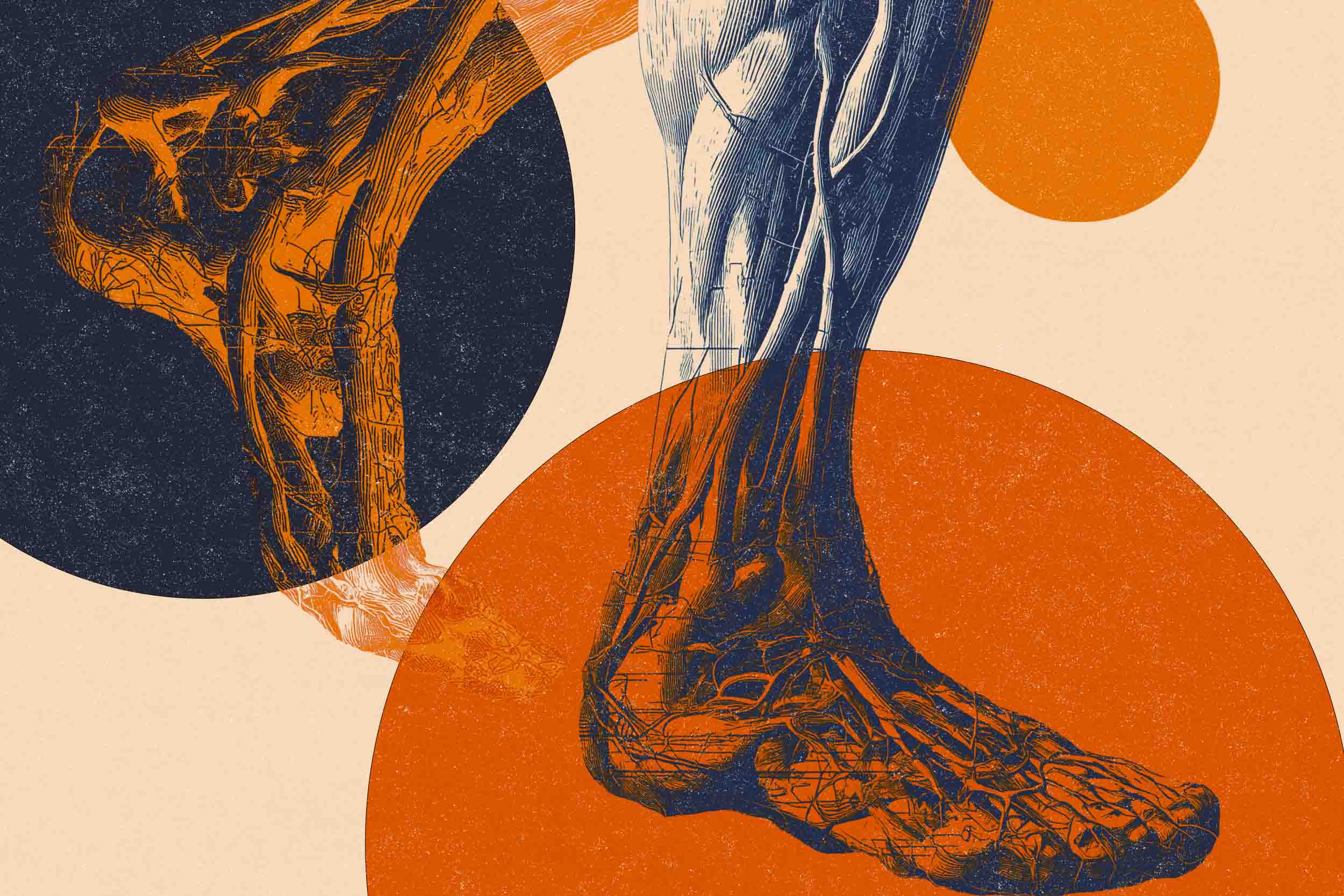President Donald Trump has been diagnosed with chronic venous insufficiency, or CVI, a condition affecting blood flow in the leg veins that can lead to swelling, the White House announced earlier this month. The president sought medical evaluation after noticing “mild” swelling.

Dr. John Angle, director of UVA Health’s Division of Vascular and Interventional Radiology, is an expert on vascular conditions and their treatments. (Contributed photo)
To break down what the diagnosis means and how it’s treated, UVA Today spoke with University of Virginia School of Medicine professor Dr. John Angle, a nationally recognized expert and director of UVA Health’s Division of Vascular and Interventional Radiology.
Q. What is chronic venous insufficiency, and how common is it?
A. Venous insufficiency is a dysfunction of the valves in the leg veins that can make the legs swell and the skin of the calf darken. Venous insufficiency affects somewhere between 1 in 20 and 1 in 10 people.
Q. What causes CVI, and what are the major risk factors?
A. Veins are usually low pressure, but venous insufficiency causes high pressure in the leg veins. In our legs, gravity is constantly trying to push the blood back down the veins toward our feet. The veins move blood back up to the heart thanks to a series of valves within the veins. When you take a step, the calf muscles squeeze the veins, and blood moves up the leg. The valves keep the blood from coming right back down again. If the valves are not working properly, the pressure in the veins goes up.
Chronic venous insufficiency is more common in older people, tends to run in families, and can be associated with chronic heart failure and other conditions that raise the pressure in the leg veins.
Q. What are the typical symptoms someone with CVI experiences?
A. As the pressure in the veins goes up, dilated veins may appear under the skin, the legs may swell, and in severe cases, the skin of the lower calf darkens and hardens. It can be in one or both legs.










